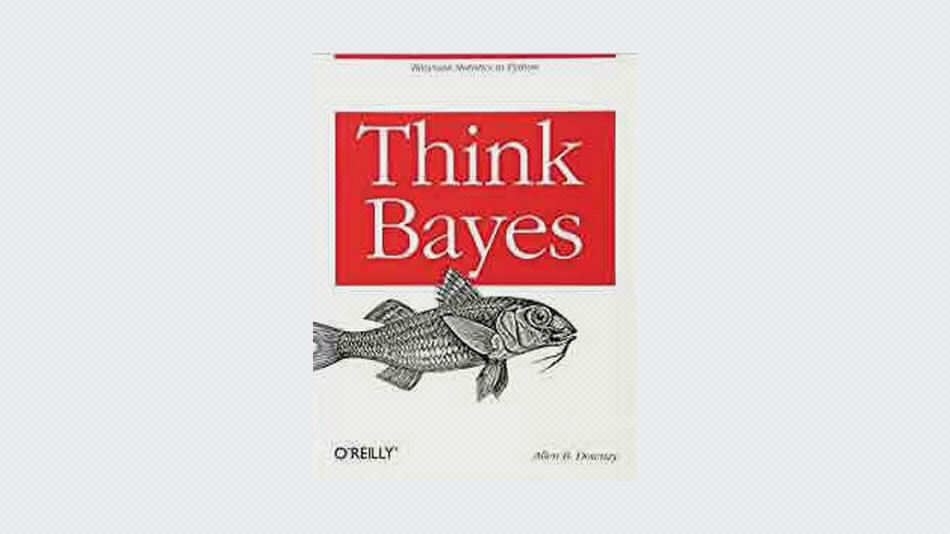The premise of this book, and the other books in the Think X series, is that if you know how to program, you can use that skill to learn other topics.
Most books on Bayesian statistics use mathematical notation and present ideas in terms of mathematical concepts like calculus. This book uses Python code instead of math, and discrete approximations instead of continuous mathematics. As a result, what would be an integral in a math book becomes a summation, and most operations on probability distributions are simple loops.
I think this presentation is easier to understand, at least for people with programming skills. It is also more general, because when we make modeling decisions, we can choose the most appropriate model without worrying too much about whether the model lends itself to conventional analysis.
Also, it provides a smooth development path from simple examples to real-world problems. Chapter 3 is a good example. It starts with a simple example involving dice, one of the staples of basic probability. From there it proceeds in small steps to the locomotive problem, which I borrowed from Mosteller’s Fifty Challenging Problems in Probability with Solutions, and from there to the German tank problem, a famously successful application of Bayesian methods during World War II.
Most chapters in this book are motivated by a real-world problem, so they involve some degree of modeling. Before we can apply Bayesian methods (or any other analysis), we have to make decisions about which parts of the real-world system to include in the model and which details we can abstract away.




